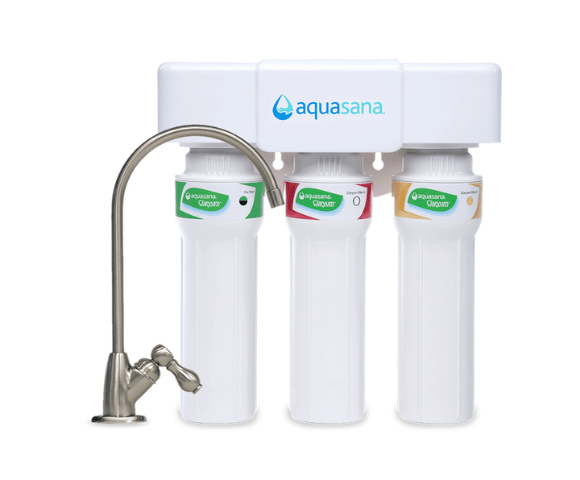Health effects of microplastics
The health effects of microplastics have emerged as an area of growing concern. While the full extent of their impact on human health is still under investigation, several potential health risks have been identified. First, ingested microplastics can accumulate in the gastrointestinal tract and potentially lead to physical irritation, inflammation, or damage to the intestinal lining. Moreover, there is evidence to suggest that these tiny particles may act as carriers for harmful chemical pollutants, such as heavy metals and endocrine-disrupting chemicals. When microplastics are ingested, these contaminants can leach into the body, potentially causing systemic health issues.
The inhalation of airborne microplastics is another concern, particularly in urban areas where they may be present in dust and air pollution. Once inhaled, these particles could potentially reach the respiratory system and lead to respiratory problems. Although research is ongoing, it is clear that the pervasive presence of microplastics in the environment warrants further investigation into their potential health effects.
Environmental effects of microplastics
Microplastics have become a global pollutant of concern for both terrestrial and aquatic ecosystems. In aquatic environments, microplastics are often mistaken for food by a wide range of organisms, from zooplankton to larger marine animals. When ingested, microplastics can block digestive tracts, leading to malnutrition, reduced growth, and even death. Moreover, plastics' ability to absorb and transport toxic chemicals means that these pollutants can accumulate in the tissues of marine organisms, potentially entering the food chain and ultimately posing risks to human health.
On land, microplastics can be carried by wind and water, spreading across landscapes and accumulating in soil. In agricultural settings, microplastics in soil may affect crop growth and the health of soil organisms. Furthermore, microplastics in the atmosphere can settle onto land, contributing to pollution in urban and remote areas alike. The long-term ecological consequences of microplastic pollution are still being studied, but there is growing evidence that they disrupt ecosystems, alter nutrient cycling, and influence the health of both terrestrial and aquatic organisms.

How to reduce microplastic contamination
Reducing microplastic contamination is a collective responsibility, and individuals can play a significant role in minimizing their contribution to this global issue. The good news? You can reduce microplastic contamination in a number of ways, from your shopping habits and public life to simple things you can do at home.
Plastic production is fueled by consumerism, so some of the most powerful strategies you can employ to reduce microplastic contamination start with your individual habits. A great place to begin is with shopping. Synthetic fibers like polyester and nylon are incredibly versatile — making up about 60% of our clothing — but they also shed microplastics each time you wash them. Instead of splurging on a clothing haul of new polyester pieces, opt for natural fibers like wool, silk, or hemp. You can also reduce your microplastic contamination by avoiding single-use plastics and cosmetics that feature micro-exfoliating beads. Instead, opt for reusable shopping bags and water bottles, and plastic-free cosmetics.
Out in the world, opt for public or alternative transportation, as car tires break down with each use and spread their microplastics far and wide. Support environmental policies and organizations that are taking action against microplastics and rally your friends and loved ones to join the cause.
At home, you can mitigate the amount of microplastics released by your washer and dryer by using quality filters, washing your clothes less often, using less water, and buying less new clothing. New items shed more microfibers than items you’ve already worn and washed a few times. Another step you can take is to dust and vacuum regularly and use quality home air filters, as it’s been reported that 39% of in-home dust consists of microplastics. Avoid microwaving your food in plastic containers as these take-out boxes leach plastics into your food when they’re heated.
Finally, you can reduce the microplastic contamination in your drinking water by using an in-home filter like Aquasana’s Clean Water Machine or Claryum® 3-Stage Max Flow, both of which are certified to filter microplastics. The Claryum® 3-Stage Max Flow can replace 6,000 single-use plastic water bottles per filter and removes 15 times more contaminants than pitcher filters. With no additional chemicals added during filtration, beneficial minerals like calcium and magnesium remain intact, leaving you with delicious, pure drinking water that you can drink at home or bottle on-the-go. Simply plug in the system and let it run once to start enjoying filtered water with the tap of a button.
UNDER SINK WATER FILTER
Claryum® 3-Stage Max Flow
Remove up to 99% of 78 contaminants, plus sediment. Now with 44% faster water flow for ultimate hydration.




